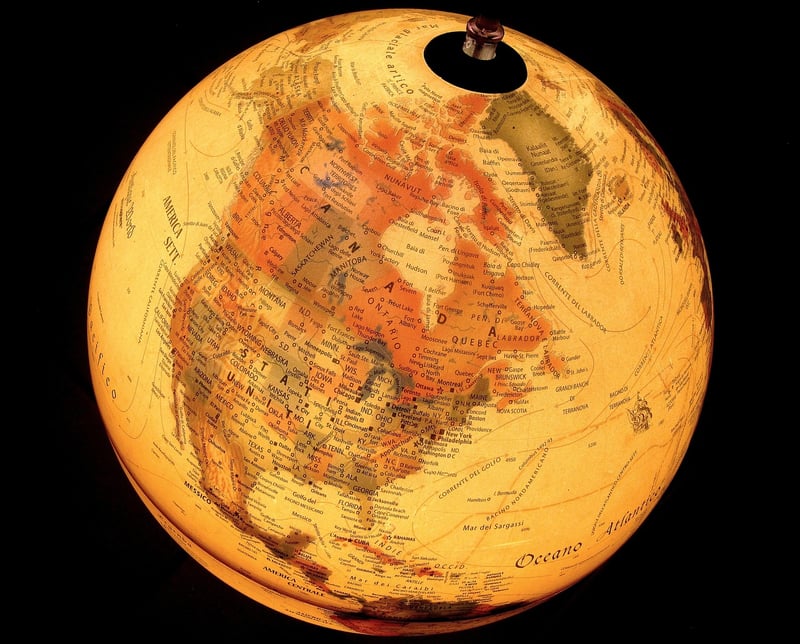Spatial Records
The Power of Spatial Records in Unraveling Hidden Knowledge

Understanding spatial records can lead to the discovery of hidden knowledge and insights that may otherwise remain elusive. Spatial records, which encompass geospatial data and geographic information systems (GIS), provide a unique perspective by organizing information based on location.
Unveiling Insights through Spatial Analysis
By leveraging spatial records, researchers, businesses, and policymakers can uncover patterns, trends, and relationships that are not apparent in traditional data analysis. Through spatial analysis, they can visualize data on maps, identify clusters, and make informed decisions based on spatial patterns.

Applications Across Diverse Fields
The applications of spatial records are vast and diverse. In urban planning, GIS helps in designing efficient transportation systems and optimizing city layouts. Environmental scientists use spatial data to monitor changes in ecosystems and biodiversity. Emergency responders rely on spatial records to coordinate disaster response efforts effectively.
Challenges and Opportunities
While the potential of spatial records is immense, there are challenges to overcome, such as data accuracy, privacy concerns, and technological limitations. However, these challenges present opportunities for innovation and growth in the field of spatial analysis.

Embracing the Future of Spatial Intelligence
As technology advances and data sources proliferate, the future of spatial intelligence looks promising. By harnessing the power of spatial records, we can gain a deeper understanding of our world and make data-driven decisions that have a meaningful impact on society.
Explore the world of spatial records and unlock hidden knowledge waiting to be discovered!
